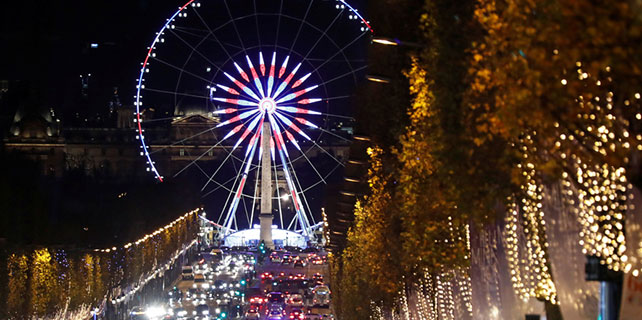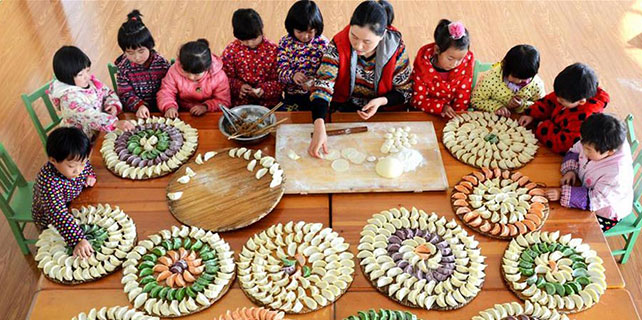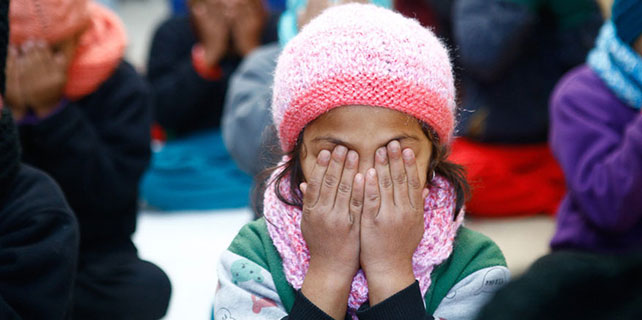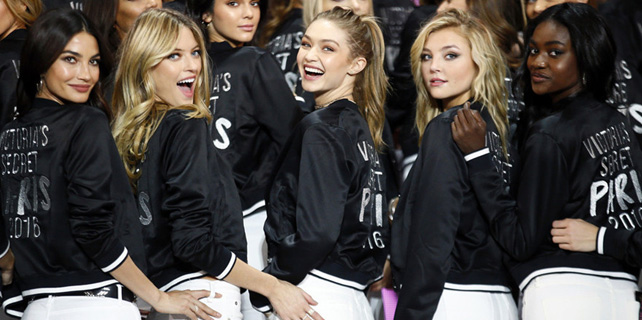SF art museum aims to heal divides
As a Donald Trump presidency divides communities across the US, the Asian Art Museum in San Francisco has affirmed its role as a safe space, and better yet, it finds a silver lining of meaning to be the bridge to understanding.
"I am deeply troubled by the messages of exclusion and prejudice surfacing across the country over recent months," Jay Xu, director of the Asian Art Museum (AAM) said in a message to the museum staff before the election. "The echo of those deeply hurtful messages will remain."
But the maelstrom of the presidential election made him realize that the museum's purpose and role in the community has become more relevant and essential than ever.
"We are on the front lines of engaging people from all backgrounds to understand Asian art and culture, so our museum becomes even more important, not only in the San Francisco Bay Area, but also across the US," he said.
As a museum of Asian art, representing art and cultures of 60 percent of the world's population, AAM could play a bigger role by fostering cultural empathy, he added. "Exposure and knowledge are empowering tools in countering fear of the unfamiliar or different," he said.
To invite more people to explore the differences and the similarities between people and cultures, the AAM launched a social media campaign offering a 50 percent discount on memberships from Nov 10-13.
During the four days, 62,000 people were reached, 605 positive reactions were received on Facebook, and 128 memberships were sold.
"Our membership offer was an opportunity to grow our community and bring people together while reducing financial barriers," said Kate Johnson Lafferty, director of membership and guest experience at the AAM. "A lot of people appreciate the campaign."
Chris Chuang, a San Francisco resident of Chinese descent, is one of the supporters. "It's more important than ever for us to celebrate diversity as one of the cornerstones of what has made America always great," he said.
"As Chinese Americans, we are aware that our ancestral background is different from other Americans and immigrants here, but we also know that being American doesn't mean having just one narrative. In fact there are many flavors of this, and that is okay," said Chuang.
After the election, a number of museums have shared the same ideal and issued statements to stand by the museum's role as a safe space and embrace inclusion.
The Philbrook Museum of Art in Tulsa, Oklahoma, said they were launching a program to offer free memberships to Oklahoma teachers. The Japanese American National Museum in Los Angeles, in a statement, urged Trump to remember the internment of Japanese Americas during WW II and "aggressively act to prevent that kind of history from repeating itself".
Immigration has been an important part of California's success, economically speaking, said Xu.
"Take Chinese immigrants for example, they made a tremendous contribution to the country by helping build the first transcontinental railroad over 150 years ago," he said. "Even today, the Asian cuisine has become a vibrant part of American life. In Silicon Valley, the high-tech success has so much to do with Asian talent."
Through the lens of Asian art and culture, Xu said he believed the museum could engender better human interactions, foster empathy and reduce hate.
While ensuring the door s are open to visitors from all walks of life, age groups and ethnic backgrounds, the museum has been making improvement to reinforce the message of being a museum for all, such as mobile seats that can be carried throughout the galleries and multi-language materials.
"Soon we will launch a digital way-finding map in English, Chinese and Spanish to accommodate visitors with limited English proficiency, and a new policy will allow strollers to access all galleries," said Lafferty.
liazhu@chinadailyusa.com









